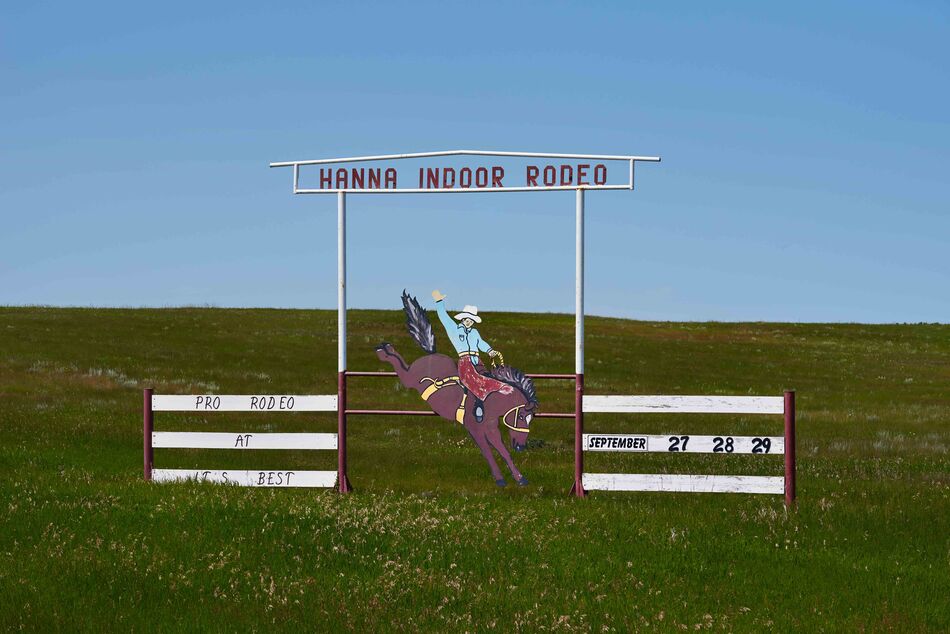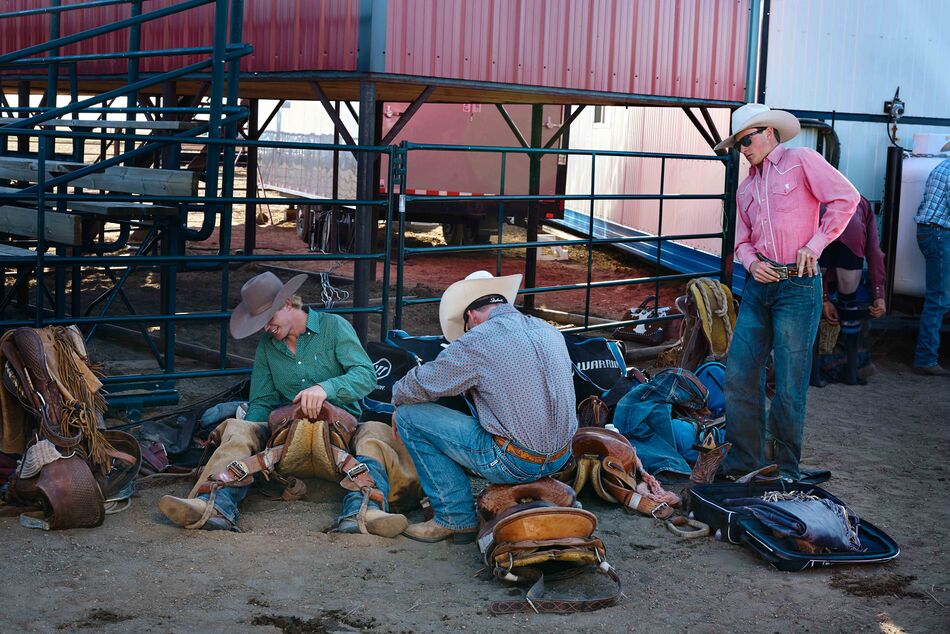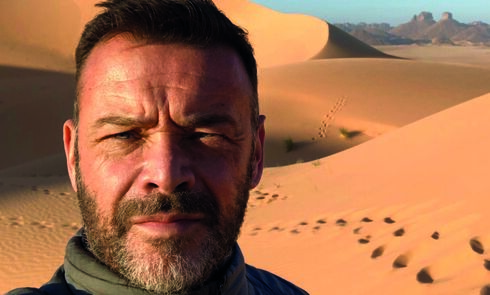Cowboy Christmas
From remote ranches to “The Greatest Outdoor Show on Earth”, writer and photographer Simon Urwin delves into Alberta's rodeo culture.
Published 1 July 2025
The rodeo culture of Alberta, Canada, is an essential part of the province’s identity, first emerging sometime around the late 1800s as European settlers – the majority from England and Scotland – established cattle-ranching operations on the country’s vast open prairies.
Influenced by the practices of American cowboys farther south, the ranchers were quick to hone their skills in bronc riding, steer wrestling and calf roping. These in turn inspired a variety of rodeo sports – which served both as entertainment for the wildly remote communities, as well as celebrations of the day-to-day expertise that was required in order for the ranches to prosper.

Informal ranch-based contests were soon followed by Canada’s first official rodeo, which was established in 1903 in the settlement of Raymond. Over time, similar events were launched all over the province – from smaller rural gatherings as part of local agricultural fairs, to larger exhibitions of rodeo skills, culminating in the world-renowned Calgary Stampede.
Founded in 1912 by Guy Weadick, a rodeo performer from the United States, the Calgary Stampede began as a one-off festival honouring cowboy life and the spirit of the Old West. It went on to become a city-wide celebration, and has since grown to become an annual festival – known as “The Greatest Outdoor Show on Earth” – that attracts well over a million visitors over 10 days every July.

The legacy of the Calgary Stampede helped establish Alberta as a global centre for rodeo. Since the 1920s, it has attracted cowboys from all over the North American continent, and contributed to the growth of the rodeo queen, barrel racing, and chuckwagon racing scenes, alongside Indigenous exhibitions that showcase First Nations rodeo traditions as well as Métis and Inuit culture.

The rodeo is now one of Canada’s most iconic cultural expressions; and from late spring to early autumn, gatherings great and small can be found province-wide. Much more than mere sport or spectacle, they serve as memorials to Alberta’s pioneering past, its agricultural roots, and resilient community spirit. Indeed, they are considered such a high point of the yearly calendar, the summer rodeo season is known affectionately as the “Cowboy Christmas”.
